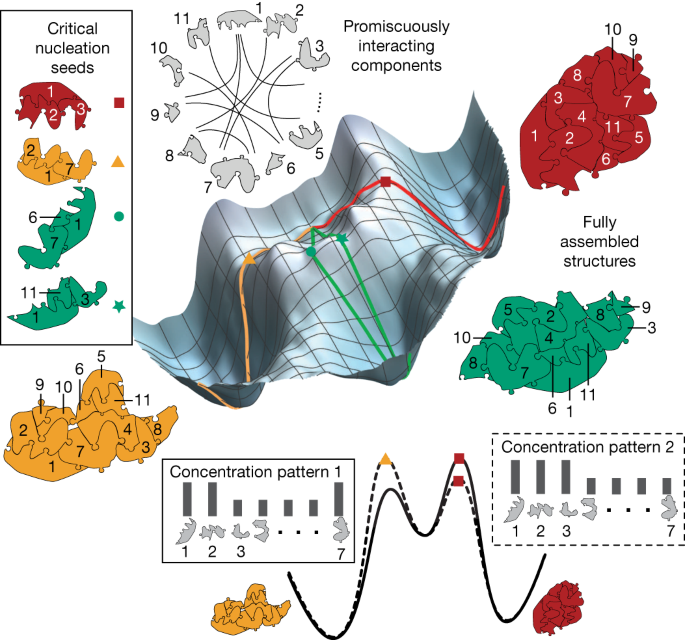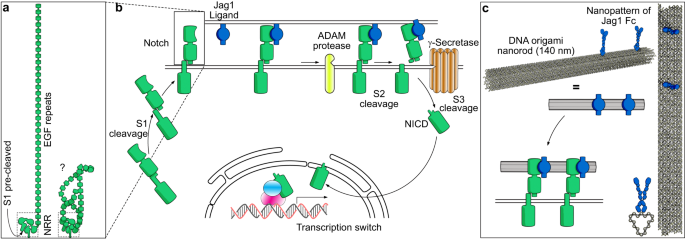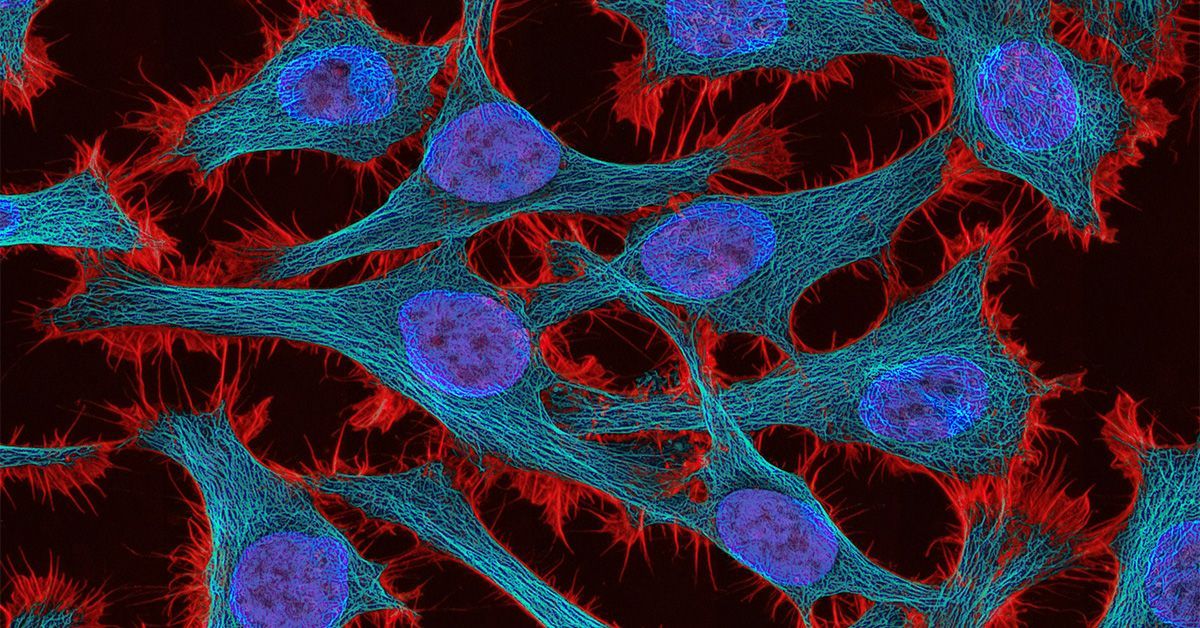2024-01-18 カリフォルニア工科大学(Caltech)
◆DNAの断片を使用した実験では、917種類の「分子タイル」を設計し、それらが異なる2次元の形状(H、A、M)を形成することが示された。これは、同じ構成要素から異なる形状を組み立てる神経回路の働きに似ている。特定の分子が溶液中でより一般的であると、それが特定の形状の「種」を形成し、それが後に一つの構造に成長することが観察された。
◆この研究は、分子自己組織化が情報処理および意思決定の能力を備えている可能性があり、生物学的な構造の形成において同様の原理が活用されているかもしれないことを示唆している。
<関連情報>
- https://www.caltech.edu/about/news/molecular-self-assembly-can-think-like-a-neural-network
- https://www.nature.com/articles/s41586-023-06890-z
非平衡自己組織化の核生成速度論におけるパターン認識 Pattern recognition in the nucleation kinetics of non-equilibrium self-assembly
Constantine Glen Evans,Jackson O’Brien,Erik Winfree & Arvind Murugan
Nature Published:17 January 2024
DOI:https://doi.org/10.1038/s41586-023-06890-z

Abstract
Inspired by biology’s most sophisticated computer, the brain, neural networks constitute a profound reformulation of computational principles1,2,3. Analogous high-dimensional, highly interconnected computational architectures also arise within information-processing molecular systems inside living cells, such as signal transduction cascades and genetic regulatory networks4,5,6,7. Might collective modes analogous to neural computation be found more broadly in other physical and chemical processes, even those that ostensibly play non-information-processing roles? Here we examine nucleation during self-assembly of multicomponent structures, showing that high-dimensional patterns of concentrations can be discriminated and classified in a manner similar to neural network computation. Specifically, we design a set of 917 DNA tiles that can self-assemble in three alternative ways such that competitive nucleation depends sensitively on the extent of colocalization of high-concentration tiles within the three structures. The system was trained in silico to classify a set of 18 grayscale 30 × 30 pixel images into three categories. Experimentally, fluorescence and atomic force microscopy measurements during and after a 150 hour anneal established that all trained images were correctly classified, whereas a test set of image variations probed the robustness of the results. Although slow compared to previous biochemical neural networks, our approach is compact, robust and scalable. Our findings suggest that ubiquitous physical phenomena, such as nucleation, may hold powerful information-processing capabilities when they occur within high-dimensional multicomponent systems.


